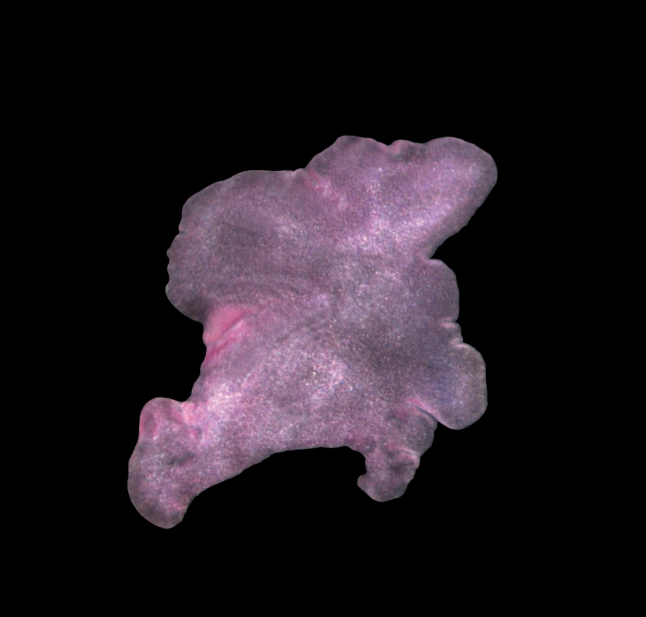How Cells Stay Intact to Provide Tissue Integrity in Multicellular Organisms

Multicelluarity is essentially about how the individual cells keep themselves attached to each other and stay intact. This provides the tissues the integrity necessary for their functioning. From a single cell, life forms have evolved the ability of attaching cells to one another and maintain its integrity. But how evolution has provided this tremendous ability to multicellular organisms is a matter that is still pursued by scientists. A recent study done on an early form of multicellular organism might be helpful in shedding some light in to the pursuit of cellular cohesiveness.
Manu Prakash and his team at Stanford University, USA, studied how the marine animal Trichoplax adhaerene (Tplax) makes coordinated locomotion despite the fact that it does not have muscles and nerve cells. The movement made by Tplax is made possible by the extraordinarily fast contractions of two layers of cells that form the skin like outer covering of this early multicellular creature. This kind of ultra-fast tissue contraction would rip apart the seemingly delicate tissue. Prakash and his team came out with a hypothesis that can explain how the cellular coordination can give rise to the extraordinary phenomenon while maintaining the cellular integrity to withstand the external and internal forces in a marine environment. This finding has deeper implications in understanding the evolution of cellular cohesiveness of multicellular organisms.
How does the Tplax Move?
Movement of animals is attributed to the contraction and expansion of muscles. The muscles get signals via the nerves in response to any external or internal factors and this nerve signals make the muscle contract and expand. But for an organism as simple as the Tplax, which doesn’t have either muscles or nerves, making movement for its survival was something really fascinating. What the study found was also very unusual. The epithelial cells in the outer covering of Tplax can contract at a rate of 50 per cent shrinkage of cell area in one second. This rate of contraction would tear apart the cells in any other biological tissue as thin as this organism. The thickness of the epithelium of Tplax is only 25 microns—one quarter of the thickness of a paper. Epithelial cells are the cells that make up the surfaces of our body—surfaces of the outer covering like skin and also in blood vessels, urinary tracts and other organs.
The researchers came out with a hypothesis to explain the unusual epithelial contractions of Tplax. In many tissues, an external force would make tissues contract, which would tear the issue. But relaxing would make the tissue remain healthy. Now, if both the processes are done simultaneously in a coordinated matter, the cells of the tissue under force will distribute their stress and thus, avoid the tissue rupture. This is called “active cohesion”—the hypothesis put forward by Prakash and his team. This is how the integrity of an epithelial tissue of a primitive multicellular creature is maintained.
The epithelial cells of this organism also have an unusual geometry.These are T-shaped cells that have a very thin sheet at the top and the nucleus hanging at the bottom. These T-shaped cells line up side-by-side resembling a single layer of bricks.
The group grew Tplax in a wide variety of shapes and sizes. In this process, they created organisms that can have hundreds to millions of cells. The variation in size could be helpful to understand how cellular coordination varies with increase or decrease of cell numbers.
Get the latest reports & analysis with people's perspective on Protests, movements & deep analytical videos, discussions of the current affairs in your Telegram app. Subscribe to NewsClick's Telegram channel & get Real-Time updates on stories, as they get published on our website.















